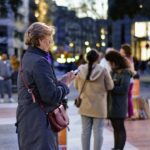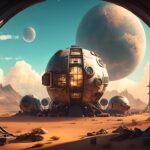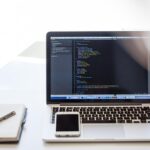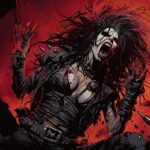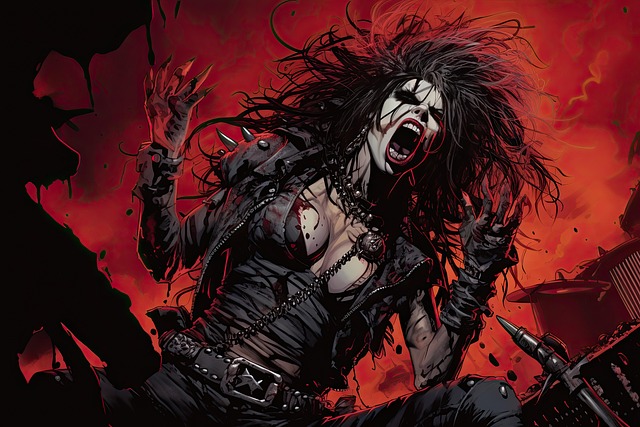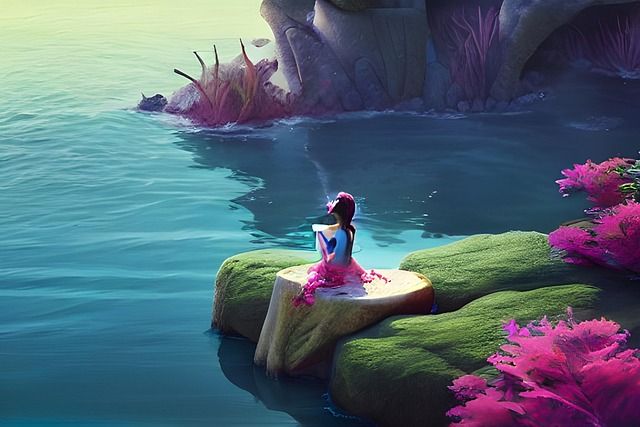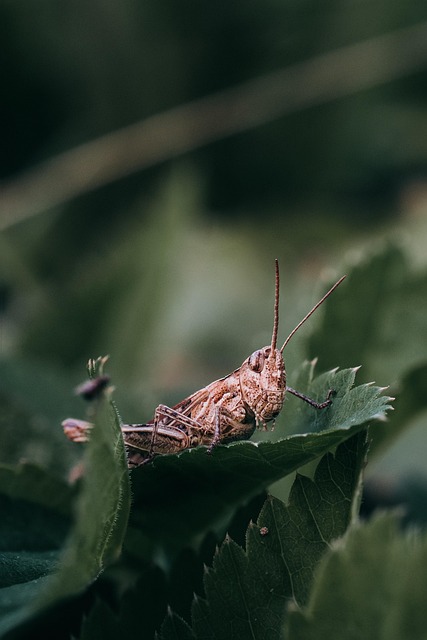# Innovative AI Tools Artists Can Use to Elevate Their Craft and Explore New Artistic Dimensions
In the rapidly evolving landscape of visual and digital art, artificial intelligence (AI) tools are emerging as game-changers, allowing artists to push creative boundaries and explore new dimensions in their work. From generating stunning visuals to aiding in the design process, AI tools for artists are reshaping how art is created, shared, and experienced. In this article, we will delve into some of the most innovative AI digital art generators, including DALL·E, Midjourney, Stable Diffusion, Runway ML, and Adobe Firefly, and explore how they assist artists in various domains such as digital illustration, concept art, video generation, and design.
## The Rise of AI in Visual Arts
AI technology has made significant strides in recent years, leading to the development of sophisticated generative art tools that can analyze vast datasets and produce unique artworks. These tools are not merely replacements for traditional artistic methods; rather, they serve as collaborators, enhancing the creative process and enabling artists to experiment with new ideas and techniques.
### 1. DALL·E: Creativity Unleashed
DALL·E, developed by OpenAI, is a revolutionary AI model capable of generating images from textual descriptions. This remarkable tool allows artists to visualize concepts that may be difficult to articulate through traditional means.
– **Key Features:**
– Text-to-image generation
– Customizable styles and elements
– High-resolution outputs
**Example in Action:** Illustrator and concept artist Alex G. used DALL·E to create a series of fantastical creatures for a graphic novel. By inputting specific descriptions, Alex was able to generate multiple variations of characters, which served as a springboard for further refinement and detailing in his traditional artwork.
### 2. Midjourney: A New Frontier in Visual Storytelling
Midjourney is another AI art generator that focuses on creating visually striking images through a unique blend of machine learning and artistic style transfer. This platform is particularly popular among artists looking to explore different aesthetics and styles.
– **Key Features:**
– Community-driven platform
– Ability to generate images based on prompts
– Exploration of various artistic styles
**Example in Action:** Digital artist Sarah L. utilized Midjourney to develop concept art for a video game. By experimenting with different prompts and styles, she was able to create a diverse range of environments that captured the game’s narrative, ultimately impressing her clients and enhancing the overall visual direction.
### 3. Stable Diffusion: Open-Source Innovation
Stable Diffusion is an open-source AI model that has gained traction for its accessibility and flexibility. Artists can run the model on their own hardware, allowing for greater control over the generation process.
– **Key Features:**
– Open-source and customizable
– High-quality image generation
– Community support for troubleshooting and enhancements
**Example in Action:** Graphic designer Tom H. leveraged Stable Diffusion to create a series of promotional posters for a local festival. By tweaking the model’s parameters, he was able to produce vibrant and eye-catching designs that resonated with the event’s theme, showcasing the potential of AI for creatives in marketing and branding.
### 4. Runway ML: Video Generation and Beyond
Runway ML is a versatile platform that offers a suite of AI tools tailored for creatives, including video generation, image editing, and real-time collaboration. This tool is particularly beneficial for artists working in multimedia and film.
– **Key Features:**
– AI-powered video editing and generation
– Real-time collaboration tools
– Integration with creative software
**Example in Action:** Filmmaker Jenna K. used Runway ML to develop a short film that incorporated AI-generated visuals. By utilizing the platform’s video synthesis capabilities, she was able to create surreal sequences that blended live-action footage with AI-generated elements, resulting in a visually captivating narrative.
### 5. Adobe Firefly: Transforming the Design Process
Adobe Firefly is an AI-powered tool designed to assist graphic designers and artists in creating high-quality visuals quickly and efficiently. With its intuitive interface and powerful features, Firefly streamlines the design process, allowing artists to focus more on creativity.
– **Key Features:**
– AI-assisted design tools
– Image generation and editing capabilities
– Integration with Adobe Creative Cloud
**Example in Action:** Graphic designer Mia R. integrated Adobe Firefly into her workflow to streamline her branding projects. By using the tool’s AI features to generate design elements, she was able to significantly reduce production time while maintaining a high standard of quality, ultimately leading to happier clients and more successful projects.
## The Impact of AI Tools on Artistic Expression
The integration of AI tools in the artistic process has opened up new avenues for creativity. These tools not only assist in generating ideas but also allow artists to push the limits of their imagination. Here are some ways AI is transforming artistic expression:
– **Enhanced Creativity:** AI can provide unexpected results, sparking new ideas and directions for artists.
– **Increased Efficiency:** By automating repetitive tasks, artists can devote more time to the creative aspects of their work.
– **Collaborative Opportunities:** AI tools enable artists to collaborate with technology, leading to innovative outcomes that blend human creativity with machine learning.
## Conclusion: The Future of AI in Creative Fields
As AI technology continues to evolve, its impact on the creative industries will only deepen. The tools discussed—DALL·E, Midjourney, Stable Diffusion, Runway ML, and Adobe Firefly—are just the beginning of a new era in artistic expression. Artists who embrace these AI tools for artists can elevate their craft, explore new artistic dimensions, and redefine the boundaries of creativity.
In this rapidly changing landscape, the key for artists will be to maintain their unique voices while leveraging the power of AI. By doing so, they can harness the full potential of these generative art tools, creating works that resonate deeply with audiences and push the envelope of what art can be. The future of art is not just about technology; it’s about the symbiotic relationship between human creativity and artificial intelligence, paving the way for a new wave of innovative artistic expression.

